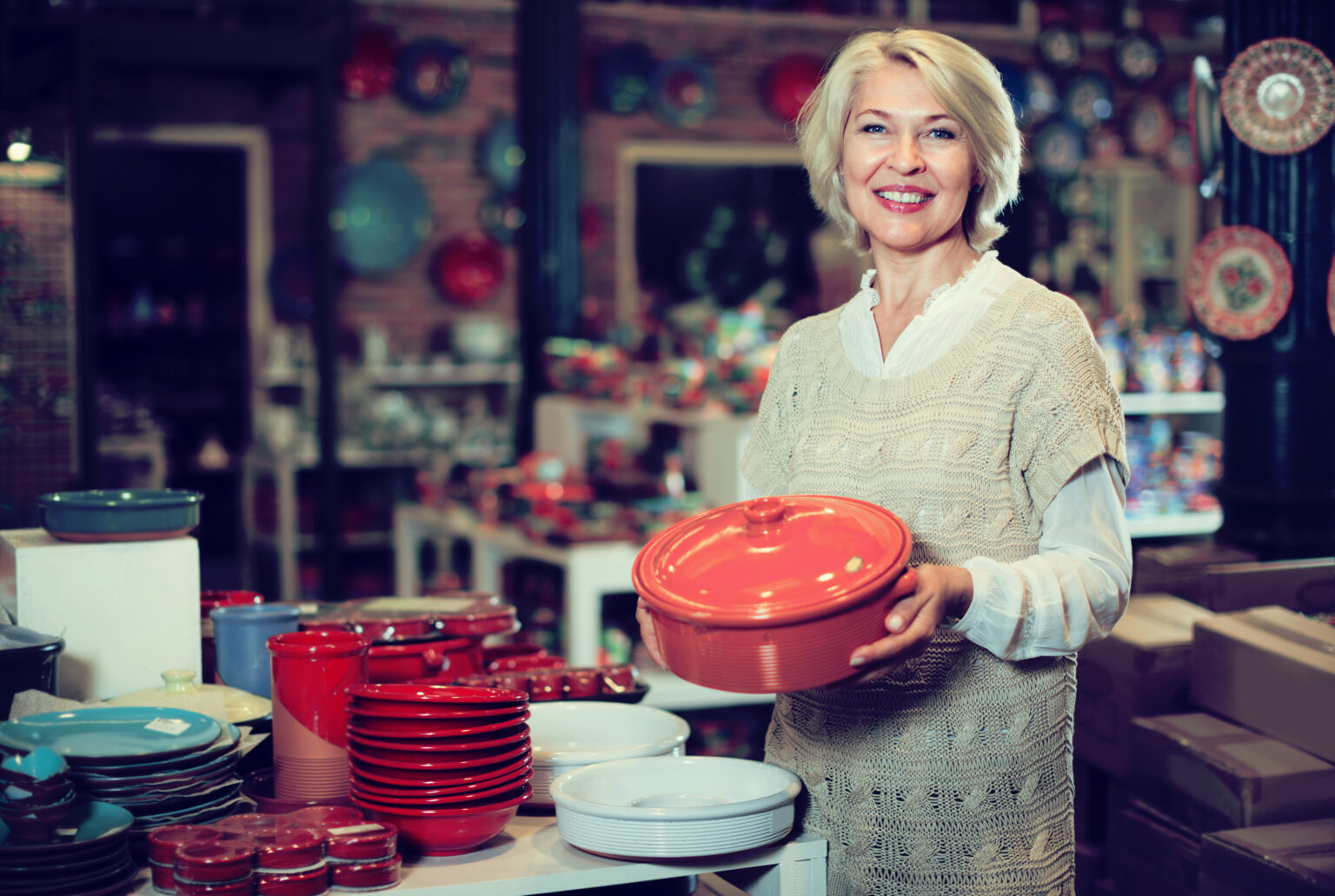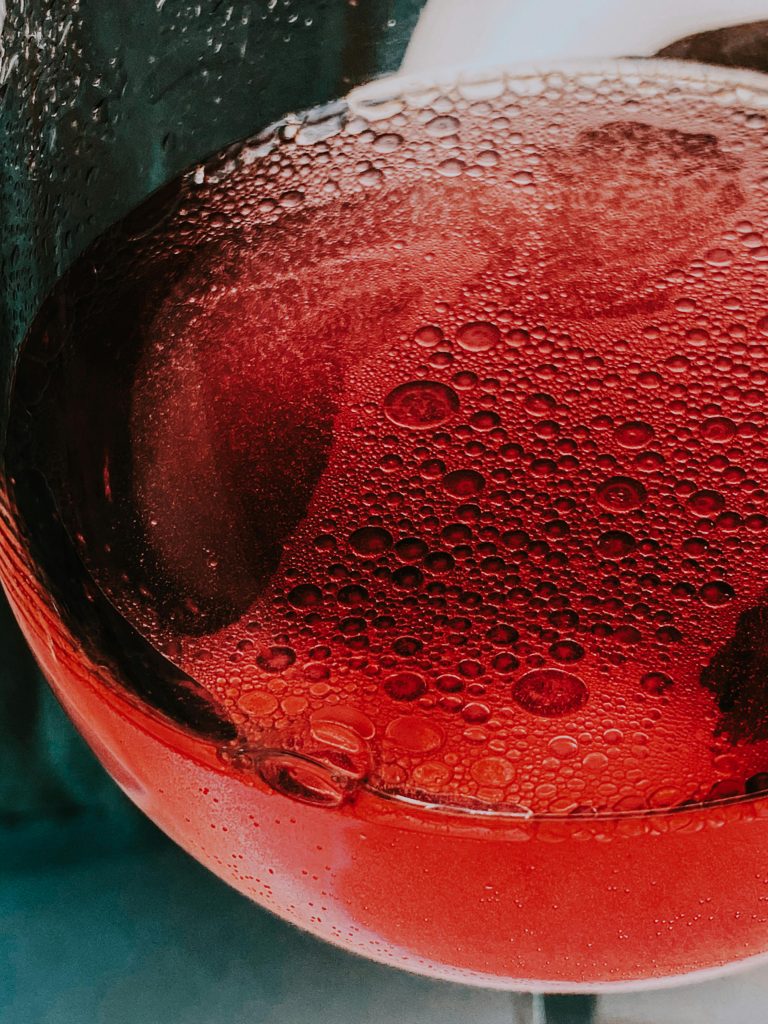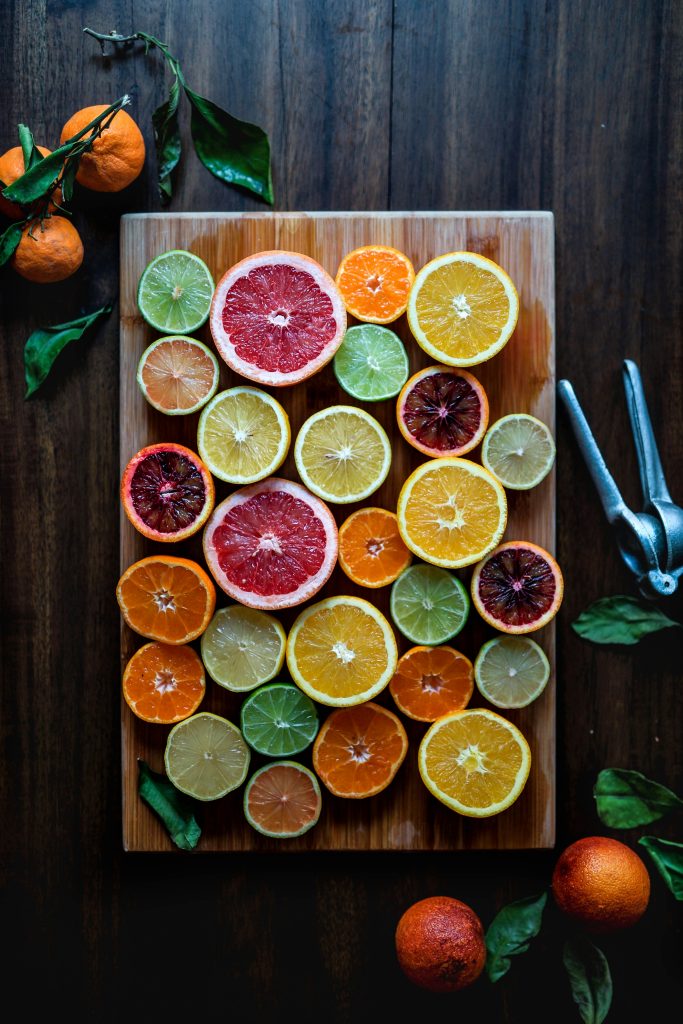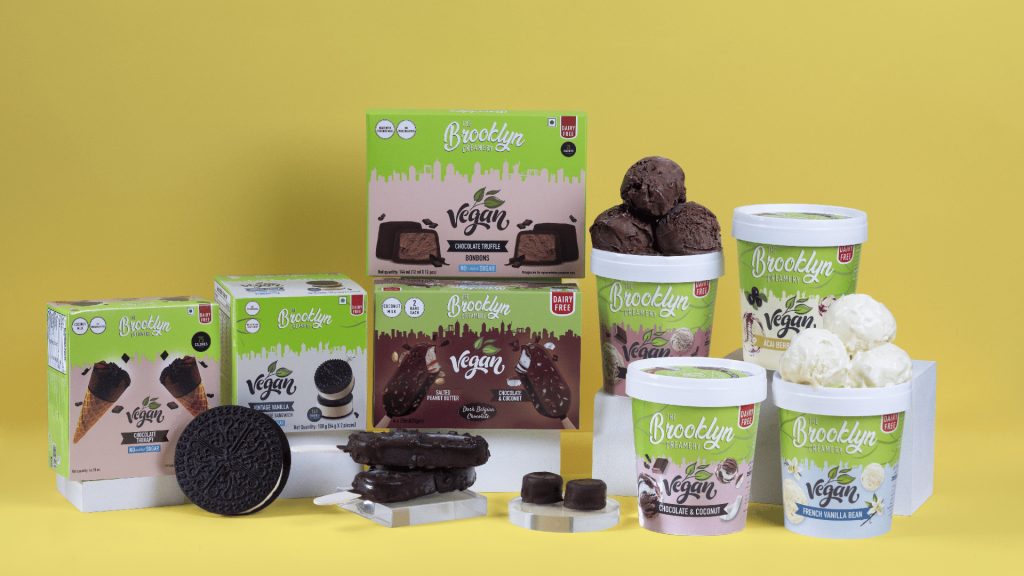As the culinary world evolves, ceramic cookware has taken centre stage, capturing the attention of both home cooks and professional chefs with its modern designs and vibrant colours. The allure of these kitchen essentials isn’t just aesthetic; the multiple layers of ceramic coating offer a nonstick surface that promises even heating and a more straightforward cooking experience.
Nevertheless, it’s imperative to exercise caution when selecting ceramic cookware. Not all pieces are created equal, and there are concerns about the safety of certain vintage or handcrafted ceramics due to their potential to harbour harmful metals. Renowned brands typically ensure safety standards, but older and artisan pieces might pose risks, making it essential to be informed about the origins and quality of ceramic items before use.
Ceramic Cookware Safety Concerns
When selecting ceramic cookware, it is crucial to consider the quality and origin of the product. Items originating from reliable manufacturers are generally regarded as secure for culinary use. This confidence stems from adherence to proper glazing protocols, where only materials approved for food contact are utilised, and the glaze remains unbroken.
The U.S. Food and Drug Administration (FDA) rigorously monitors the presence of metals like lead and cadmium in ceramic ware, as these can be detrimental to health. As a result, U.S.-manufactured items bought from esteemed retailers usually meet these stringent standards.
Key Points on Ceramic Cookware:
- Materials: Comprised with pure ceramic or a ceramic coating over a metal base.
- Regulations: The FDA enforces standards to limit the amount of toxic elements like lead.
- Usage: Ceramics should not be scratched or chipped, as this can lead to exposed base metals, which, although not harmful, make the surface more challenging to clean.
It’s important to note that using metal utensils can damage the ceramic’s surface. When the cookware has a metal base with a ceramic overlay, scraping away the ceramic exposes the metal underneath, which, if stainless steel, is still safe but no longer offers the nonstick qualities of the ceramic finish.
The FDA’s regulatory program closely examines food-related products, including glazed ceramic ware, to ensure public protection against the ingestion of toxic materials historically found in manufacturing. It also vigilantly watches for any signs of contamination.
Should You Buy Ceramic Cookware? When purchasing ceramic cookware, consider safety, durability, and source authenticity. Safe ceramic cookware typically comes from established manufacturers known for their quality control. It’s essential to steer clear of items that seem handmade with an inconsistent finish, vintage, or excessively worn, as these may harbour unsafe lead levels. Reputable brands often provide warranties and ensure their products are eco-friendly, which makes them a safer alternative for health-conscious consumers. As for functionality, ceramic options are lightweight compared to alternatives like cast iron and anodised aluminium and offer easy cleaning. However, unlike traditional cookware made from copper or titanium, they may not be suitable for very high-heat cooking. The lifespan of a ceramic pan can be less than heavy-duty materials but compensates with its smooth, non-reactive surface. Cookware from reputable sources often costs more, but investing in quality ceramic items can lead to long-term benefits.
Assessing the Safety of Ceramic Kitchenware for Food and Beverage Use
When considering the safety of ceramic ware for culinary purposes, it is essential to undertake specific checks:
- Conduct a Lead Test: Use at-home lead test kits and follow the provided instructions to confirm the presence of lead.
- Purchase from Established Brands: Seek kitchenware from credible U.S. brands to ensure safety standards.
- Examine Warning Labels: Look for labels that indicate the item is not intended for food use, which denotes a potential risk of poisoning.
- Understand that Usage Does Not Eliminate Risk: Regular cleaning procedures, including washing, boiling, or any other processing, do not remove hazardous substances, such as lead, from ceramic ware.
Routine upkeep is crucial to prolonging the life and safety of ceramic ware. Avoid using metal utensils that can cause scratches, which might compromise the ceramic material. For cleaning, choose gentle sponges over abrasive materials, and although many ceramics are dishwasher safe, consider hand-washing to prevent warping or damage. Regularly inspect for any cracks or crazing that could indicate structural weaknesses. Proper maintenance, including occasional seasoning to maintain a nonstick surface, can help retain the integrity and safety of the ceramic ware over time.
Common Concerns with Ceramic Kitchenware
Precautions with Ceramic Cookware Usage
When cooking with ceramic pans, individuals should steer clear of:
- High heat: Prolonged exposure to high temperatures can compromise the integrity of the ceramic coating.
- Abrasive cleaning tools: Harsh scrubbing pads or metal utensils can scratch the surface.
- Sudden temperature changes: Avoid subjecting ceramic pans to thermal shock by introducing them to drastically different temperatures quickly.
Effect of Surface Damage on Cookware Safety
Should the ceramic surface become scratched, there is the risk that:
- The underlying material, often aluminium, could leach into food.
- The ceramic may begin to flake, potentially mixing into the food.
Possible Drawbacks of Ceramic Kitchenware
Utilising ceramic pots and pans could have the following disadvantages:
- Susceptibility to chips and cracks if dropped or mishandled.
- The nonstick quality may diminish, especially if proper care instructions need to be followed.
Ceramic vs Stainless Steel Cookware
Comparing ceramic and stainless steel cookware, consider:
- Safety: Both types can be safe, but ceramic requires careful handling to maintain its integrity.
- Efficacy: Stainless steel is more durable, whereas ceramic provides an effective nonstick surface.
Presence of Harmful Chemicals in Ceramic Nonstick Surfaces
Ceramic nonstick cookware is commonly:
- Free from PFOA and PTFE, harmful chemicals found in older nonstick products.
- They are considered safer than traditional nonstick coatings due to their composition.
Durability and Performance for Everyday Cooking
In terms of regular use:
- Ceramic cookware is known for its ease of use and cleaning when the nonstick surface is intact.
- It may not withstand the rigours of daily use and more robust materials like cast iron or stainless steel.









